Home>Furniture & Design>Outdoor Furniture>How To Pot Outdoor Plants
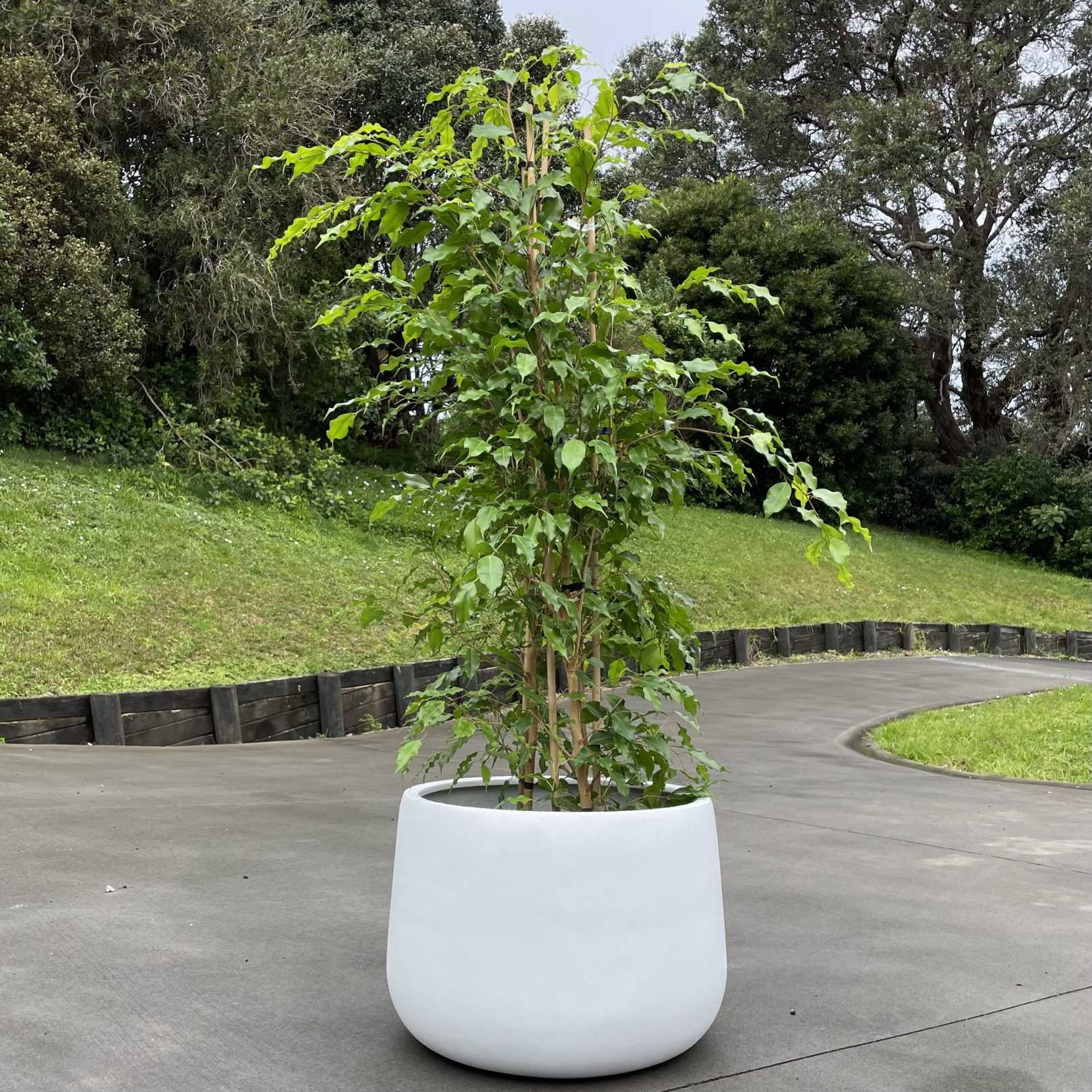

Outdoor Furniture
How To Pot Outdoor Plants
Published: January 15, 2024
Discover expert tips on potting outdoor plants and creating a beautiful outdoor space with our outdoor furniture and design ideas. Explore our guide now!
(Many of the links in this article redirect to a specific reviewed product. Your purchase of these products through affiliate links helps to generate commission for Storables.com, at no extra cost. Learn more)
Introduction
When it comes to creating a vibrant and inviting outdoor space, potting plants can add a touch of natural beauty and elegance. Whether you have a sprawling garden or a cozy balcony, potted plants can effortlessly breathe life into any outdoor setting. The art of potting outdoor plants is a delightful endeavor that allows you to showcase your creativity while embracing the wonders of nature.
Imagine the sight of colorful flowers blooming in meticulously arranged pots, or the lush foliage of herbs and shrubs adorning your patio. The possibilities are endless, and with the right guidance, you can transform your outdoor space into a captivating oasis.
In this comprehensive guide, we will delve into the intricacies of potting outdoor plants, from selecting the perfect flora to mastering the art of potting and maintenance. Whether you are a seasoned gardening enthusiast or a novice with a budding green thumb, this guide will equip you with the knowledge and skills to elevate your outdoor decor and cultivate a thriving garden in pots.
Join us on this journey as we explore the nuances of potting outdoor plants, uncovering the secrets to selecting the right plants, pots, and soil, mastering planting techniques, and ensuring proper care and maintenance. Let's embark on this green-fingered adventure and unlock the potential of your outdoor space through the art of potting outdoor plants.
Key Takeaways:
- Choose outdoor plants that match your climate, sunlight, and watering habits for a thriving garden. Embrace seasonal variations and select pots and soil that cater to your plants’ needs.
- Master the art of potting by selecting the right pots and soil, using gentle planting techniques, and providing proper watering and maintenance. Create a captivating outdoor oasis with flourishing potted plants.
Read more: How To Plant Outdoor Plants In Pots
Choosing the Right Plants for Outdoor Pots
When it comes to potting outdoor plants, selecting the right flora is paramount to the success of your garden. The key is to choose plants that not only complement your outdoor aesthetic but also thrive in the specific conditions of your chosen pots and outdoor environment.
1. Consider the Climate: Before selecting plants for your outdoor pots, it’s essential to consider the climate of your region. Some plants are more suited to warmer climates, while others thrive in cooler temperatures. Research the hardiness zones and choose plants that are well-adapted to your specific climate.
2. Assess Sunlight Requirements: Different plants have varying sunlight needs. Some thrive in full sun, while others prefer partial or full shade. Assess the sunlight exposure in your outdoor space and select plants that align with these conditions. For example, vibrant petunias and geraniums flourish in full sun, while ferns and begonias thrive in shaded areas.
3. Size and Growth Habits: Consider the mature size and growth habits of the plants you intend to pot. While some plants remain compact and are well-suited for smaller pots, others may require more space to spread their roots. Ensure that the plants you choose can thrive and flourish without becoming overcrowded in their pots.
4. Seasonal Variations: Embrace the beauty of seasonal variations by selecting plants that offer year-round interest. Opt for a mix of perennial plants, which return each year, and annual plants, which provide seasonal bursts of color and texture. This approach ensures that your outdoor pots remain visually captivating throughout the year.
5. Consider Watering Needs: Some plants have higher water requirements, while others are more drought-tolerant. Factor in the watering needs of your chosen plants and ensure that they align with your watering habits and the outdoor environment. This consideration is particularly crucial for maintaining healthy and thriving potted plants.
By carefully considering these factors, you can curate a diverse and visually stunning collection of plants for your outdoor pots. Whether you prefer vibrant flowers, aromatic herbs, or verdant foliage, the key is to select plants that harmonize with your outdoor space and bring joy to your gardening endeavors.
Selecting the Right Pot and Soil
Choosing the appropriate pots and soil is fundamental to the success of potting outdoor plants. The right combination of pots and soil not only provides a conducive environment for plant growth but also enhances the visual appeal of your outdoor space.
1. Pot Selection: When it comes to selecting pots for your outdoor plants, consider both aesthetic and functional aspects. Ensure that the pots have drainage holes to prevent waterlogging, which can be detrimental to plant health. Additionally, choose pots that complement the style and color scheme of your outdoor decor. From classic terracotta pots to modern resin planters, the options are endless, allowing you to infuse your personal style into your outdoor oasis.
2. Size and Space: The size of the pots is crucial for the healthy growth of your plants. Larger pots provide ample space for root development and water retention, reducing the frequency of watering. Consider the mature size of the plants and select pots that accommodate their growth without overcrowding. This not only promotes healthier plant growth but also elevates the visual impact of your potted arrangements.
3. Soil Considerations: The soil used for potting outdoor plants plays a pivotal role in providing essential nutrients and a stable foundation for root development. Opt for high-quality potting mix that offers good drainage and aeration, promoting healthy root growth. Consider specialized mixes for specific plant types, such as cacti or succulents, to ensure optimal growing conditions.
4. Fertilization: While nutrient-rich soil is essential, incorporating fertilization into your plant care routine can further enhance the vitality of your potted plants. Select a suitable fertilizer based on the needs of your plants, whether they require a balanced feed or specific nutrients to thrive. Regular fertilization ensures that your outdoor plants receive the essential elements for robust growth and prolific flowering.
By carefully selecting pots and soil that cater to the needs of your outdoor plants, you create an environment where your green companions can flourish. The synergy between well-chosen pots, nutrient-rich soil, and proper fertilization sets the stage for a thriving and visually captivating outdoor garden in pots.
When potting outdoor plants, make sure to choose a pot with good drainage, use high-quality potting soil, and water the plants regularly to keep the soil moist but not waterlogged.
Planting and Potting Techniques
Mastering the art of planting and potting outdoor plants is essential to ensure the healthy establishment and growth of your green companions. By employing the right techniques, you can create an environment where your plants thrive and flourish, adding natural beauty to your outdoor space.
1. Preparation: Before potting your plants, prepare the selected pots by adding a layer of gravel or broken pottery at the bottom to facilitate drainage. This prevents water from accumulating at the roots, reducing the risk of root rot. Additionally, ensure that the pots are clean and free from any debris to create a hygienic environment for your plants.
2. Planting Depth: When transferring plants into pots, ensure that they are planted at the appropriate depth. The soil level should align with the existing soil line on the plant, and the roots should be evenly spread out to encourage outward growth. Planting at the correct depth provides stability and promotes healthy root development, essential for the long-term well-being of your potted plants.
3. Gentle Handling: Handle the plants with care during the potting process to minimize stress on the roots and foliage. Avoid rough handling or excessive tugging, as this can damage the delicate root system and compromise the plant’s ability to establish itself in its new pot. Gentle handling ensures that your plants transition smoothly into their new homes, setting the stage for robust growth.
4. Watering Techniques: After potting your outdoor plants, water them thoroughly to settle the soil and provide essential hydration. Use a gentle stream of water to avoid displacing the soil and disturbing the newly potted plants. Ensure that the water penetrates the entire root ball, promoting even moisture distribution and encouraging the plants to acclimate to their new environment.
5. Mulching: Consider applying a layer of organic mulch on the soil surface to conserve moisture and suppress weed growth. Mulching also contributes to the overall aesthetics of your potted arrangements while providing insulation to the roots, particularly during temperature fluctuations.
By employing these planting and potting techniques, you set the stage for the healthy establishment and growth of your outdoor plants. Each step, from meticulous preparation to gentle handling and thoughtful watering, contributes to the well-being of your potted greenery, ensuring that they thrive in their new outdoor abode.
Watering and Maintenance
Proper watering and maintenance are essential aspects of caring for potted outdoor plants, ensuring their vitality and longevity. By adopting effective watering practices and implementing regular maintenance routines, you can nurture flourishing greenery that enhances the beauty of your outdoor space.
1. Watering Frequency: The frequency of watering your outdoor plants largely depends on factors such as the plant species, pot size, and environmental conditions. Avoid a fixed watering schedule and instead assess the moisture level of the soil regularly. Insert your finger into the soil to determine if it is dry at a depth of an inch or two, as this indicates the need for watering. Tailoring the watering frequency to the specific needs of your plants promotes healthy growth and prevents issues associated with overwatering or underwatering.
2. Watering Techniques: When watering potted plants, aim to provide thorough hydration, allowing the water to penetrate the entire root ball. Water the plants until you observe water draining from the bottom of the pots, indicating adequate moisture saturation. This ensures that the entire root system receives the necessary hydration, promoting robust growth and vitality.
3. Pruning and Deadheading: Regular pruning and deadheading are integral to maintaining the health and appearance of your potted plants. Remove spent flowers and yellowing leaves to encourage continuous blooming and prevent the spread of diseases. Additionally, prune back overgrown or leggy foliage to maintain the desired shape and promote healthy growth habits.
4. Fertilization: Incorporate a regular fertilization schedule to provide essential nutrients for your potted plants. Select a balanced fertilizer or specialized formulations based on the specific needs of your plants. Regular fertilization ensures that your outdoor plants receive the vital elements necessary for vigorous growth and abundant flowering.
5. Pest and Disease Management: Monitor your potted plants for signs of pests and diseases, addressing any issues promptly to prevent widespread infestations. Implement natural pest control methods or targeted treatments to safeguard the health of your plants and preserve their ornamental value.
By embracing effective watering practices and implementing regular maintenance routines, you can cultivate a stunning display of potted plants that thrive in your outdoor space. The attentive care and nurturing touch you provide contribute to the vibrancy and allure of your outdoor oasis, creating an inviting and visually captivating environment.
Read more: How To Pot Artificial Plants Outdoor
Conclusion
Embarking on the journey of potting outdoor plants is a gratifying endeavor that allows you to infuse your outdoor space with natural beauty and charm. From selecting the perfect plants and pots to mastering planting techniques and nurturing your green companions, the art of potting outdoor plants offers a myriad of opportunities to express your creativity and cultivate a thriving garden in pots.
As you curate a diverse collection of plants, each with its unique colors, textures, and fragrances, you breathe life into your outdoor space, transforming it into a captivating sanctuary that beckons you to unwind and revel in the wonders of nature. The vibrant blooms, lush foliage, and aromatic herbs create an immersive sensory experience, enriching your outdoor environment and uplifting your spirits.
By carefully considering the needs of your plants and providing them with the optimal growing conditions, you foster a harmonious relationship between nature and design, merging the allure of the outdoors with your personal style. The potted arrangements become an extension of your creativity, enhancing the visual appeal of your outdoor setting and inviting admiration from visitors and passersby.
As you tend to your potted plants with diligence and care, you witness the fruits of your labor in the form of thriving greenery that flourishes under your nurturing touch. The act of potting outdoor plants becomes a source of joy and fulfillment, offering a rewarding retreat from the hustle and bustle of everyday life.
Ultimately, the art of potting outdoor plants transcends the boundaries of gardening; it is a testament to your ability to create beauty and tranquility in your outdoor haven. The lush potted arrangements stand as a testament to your dedication and passion, enriching your outdoor space and inspiring admiration from all who behold them.
So, as you continue to explore the art of potting outdoor plants, may your garden in pots flourish, and may the natural splendor you have cultivated bring enduring delight and tranquility to your outdoor sanctuary.
Frequently Asked Questions about How To Pot Outdoor Plants
Was this page helpful?
At Storables.com, we guarantee accurate and reliable information. Our content, validated by Expert Board Contributors, is crafted following stringent Editorial Policies. We're committed to providing you with well-researched, expert-backed insights for all your informational needs.
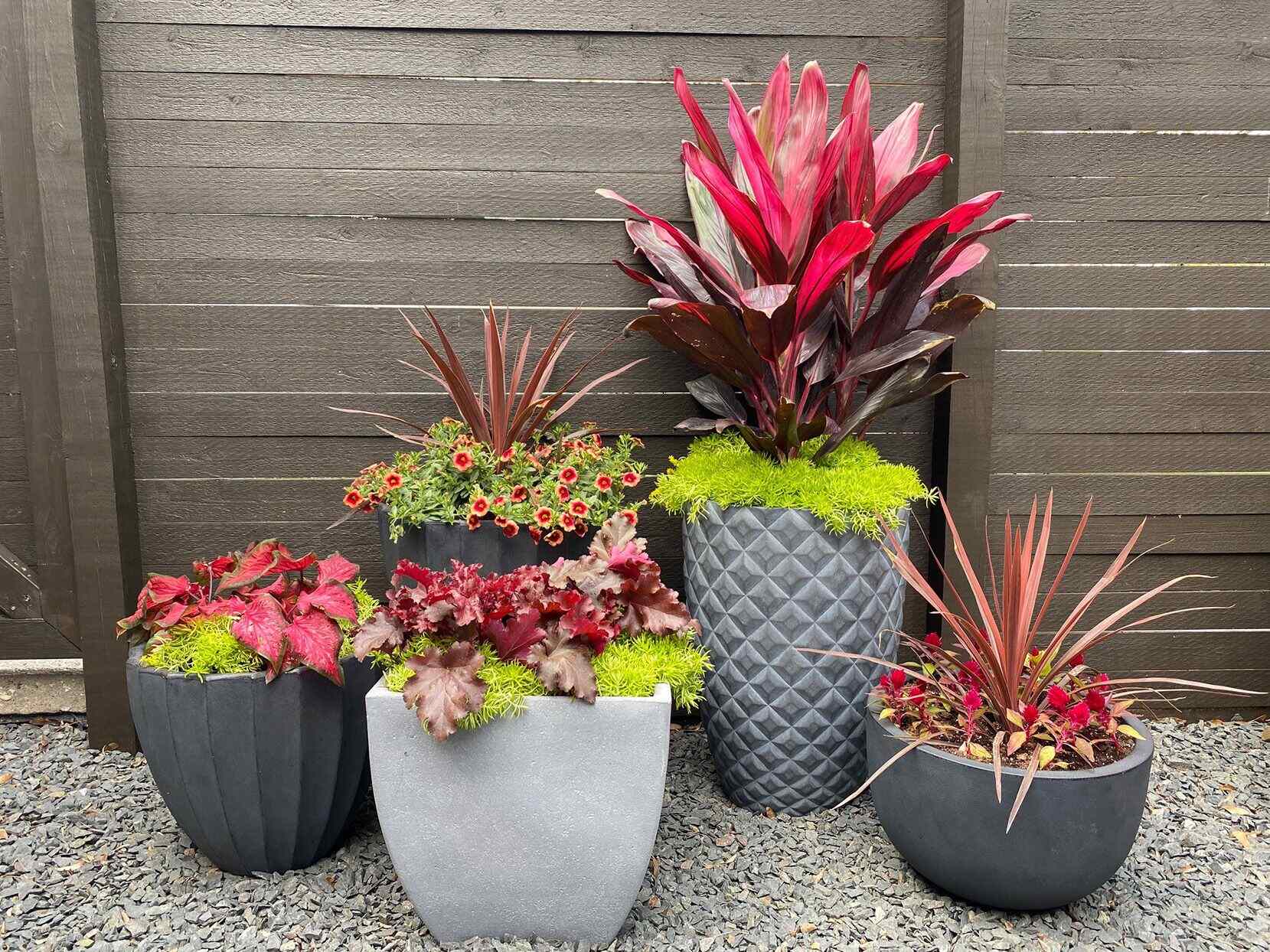
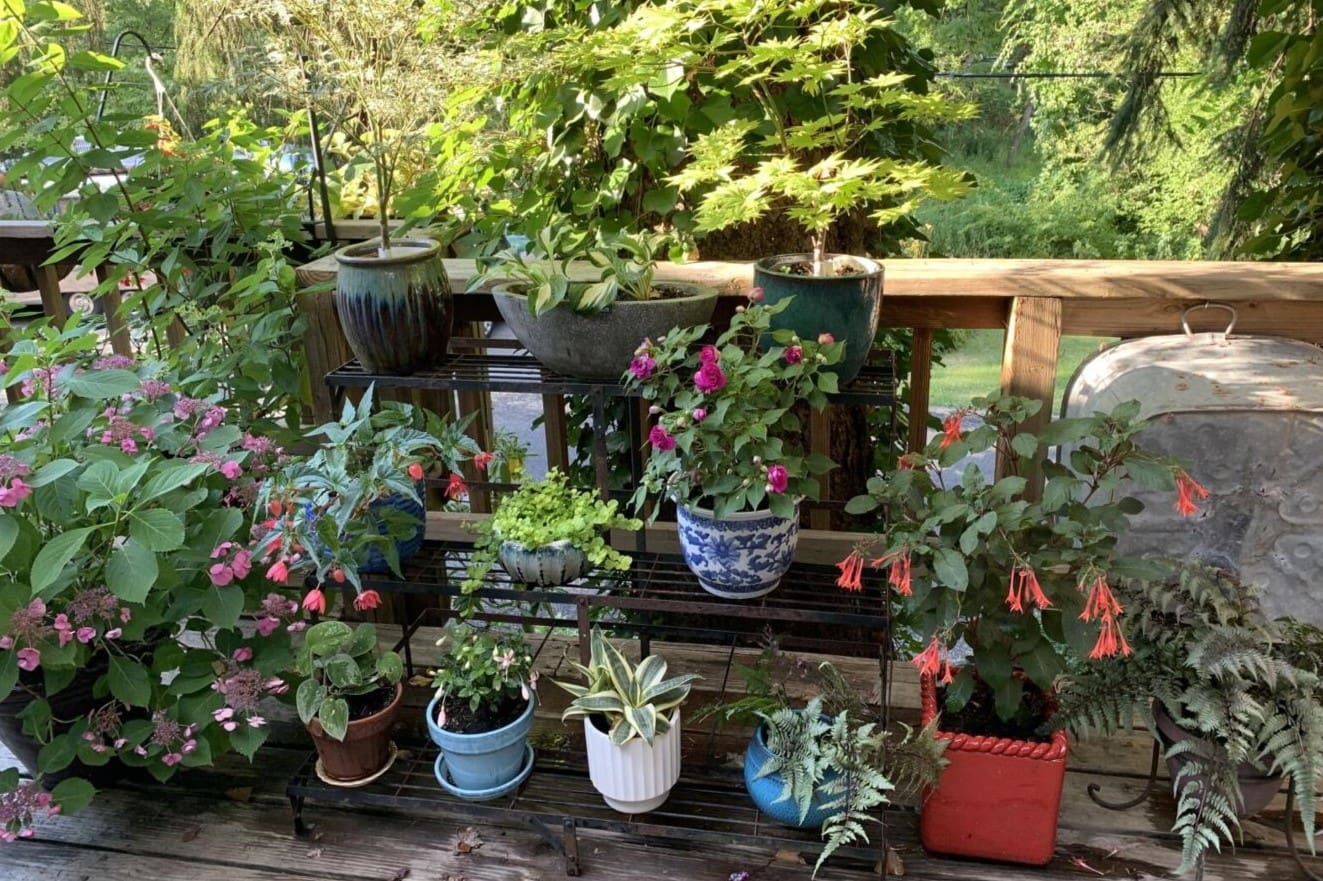
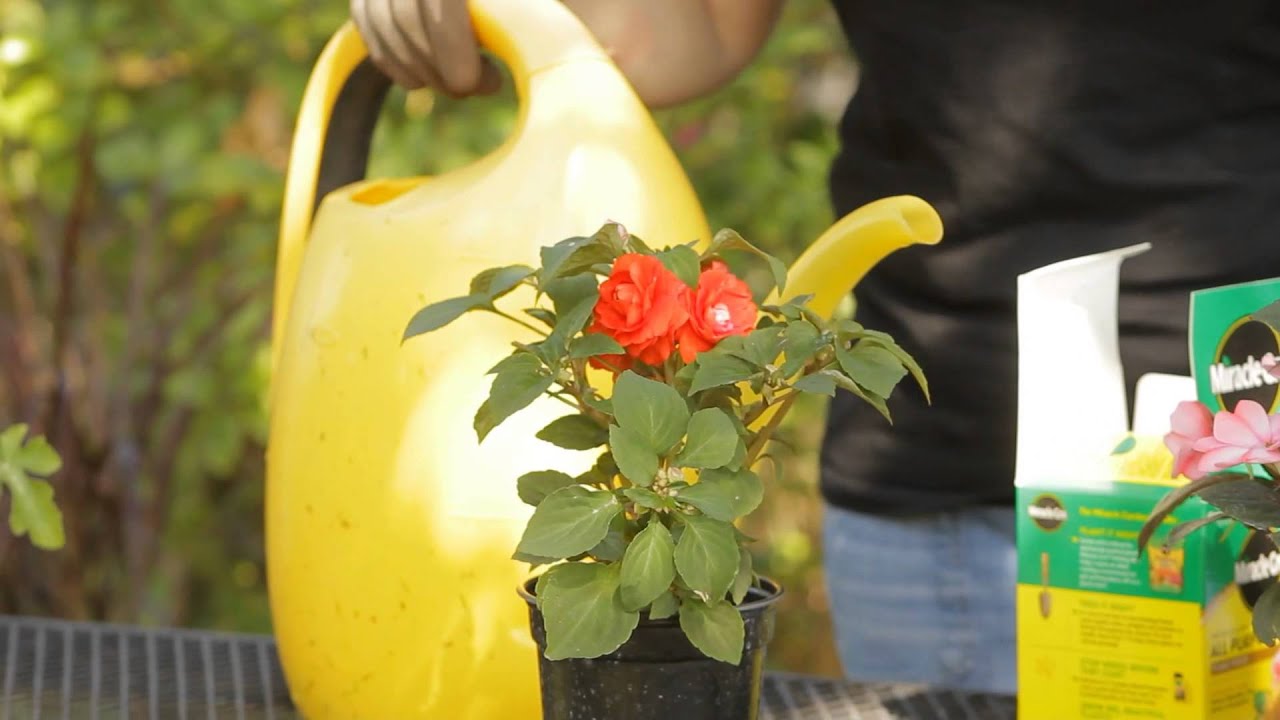
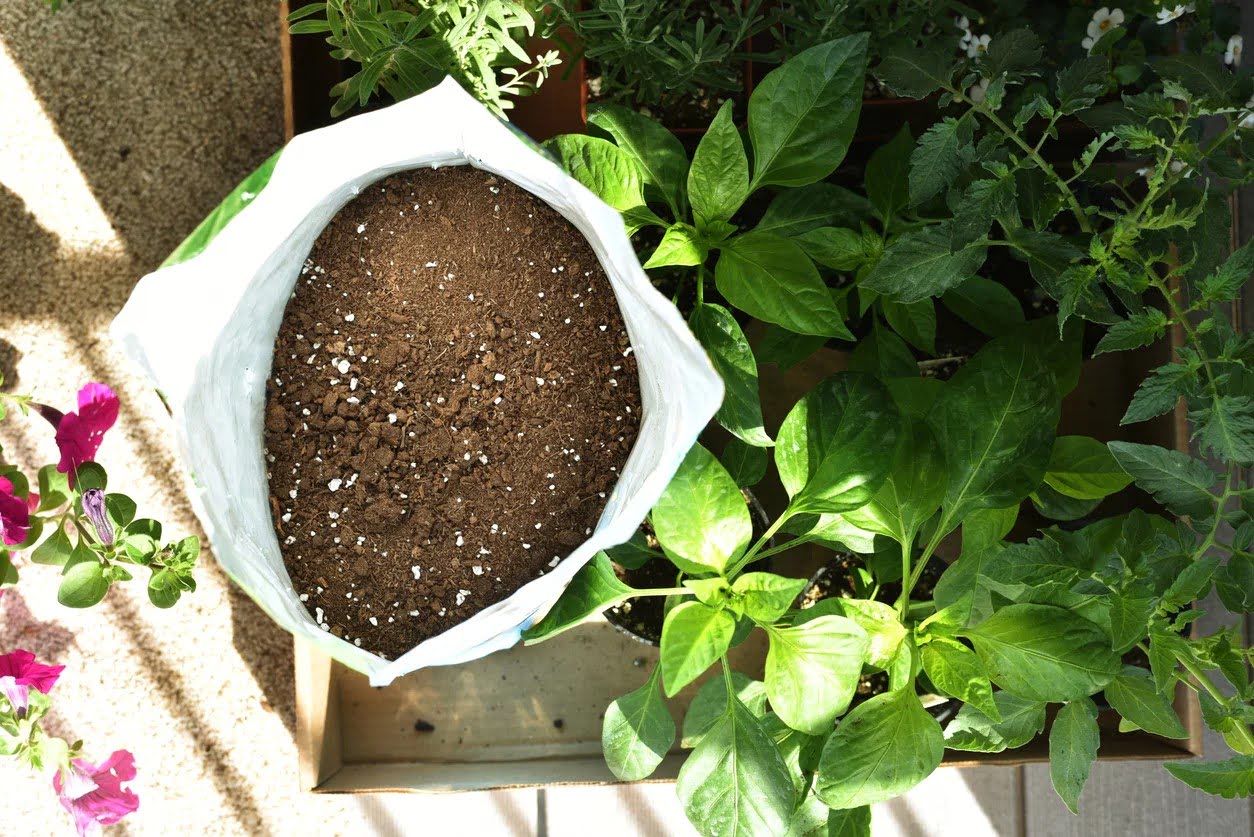
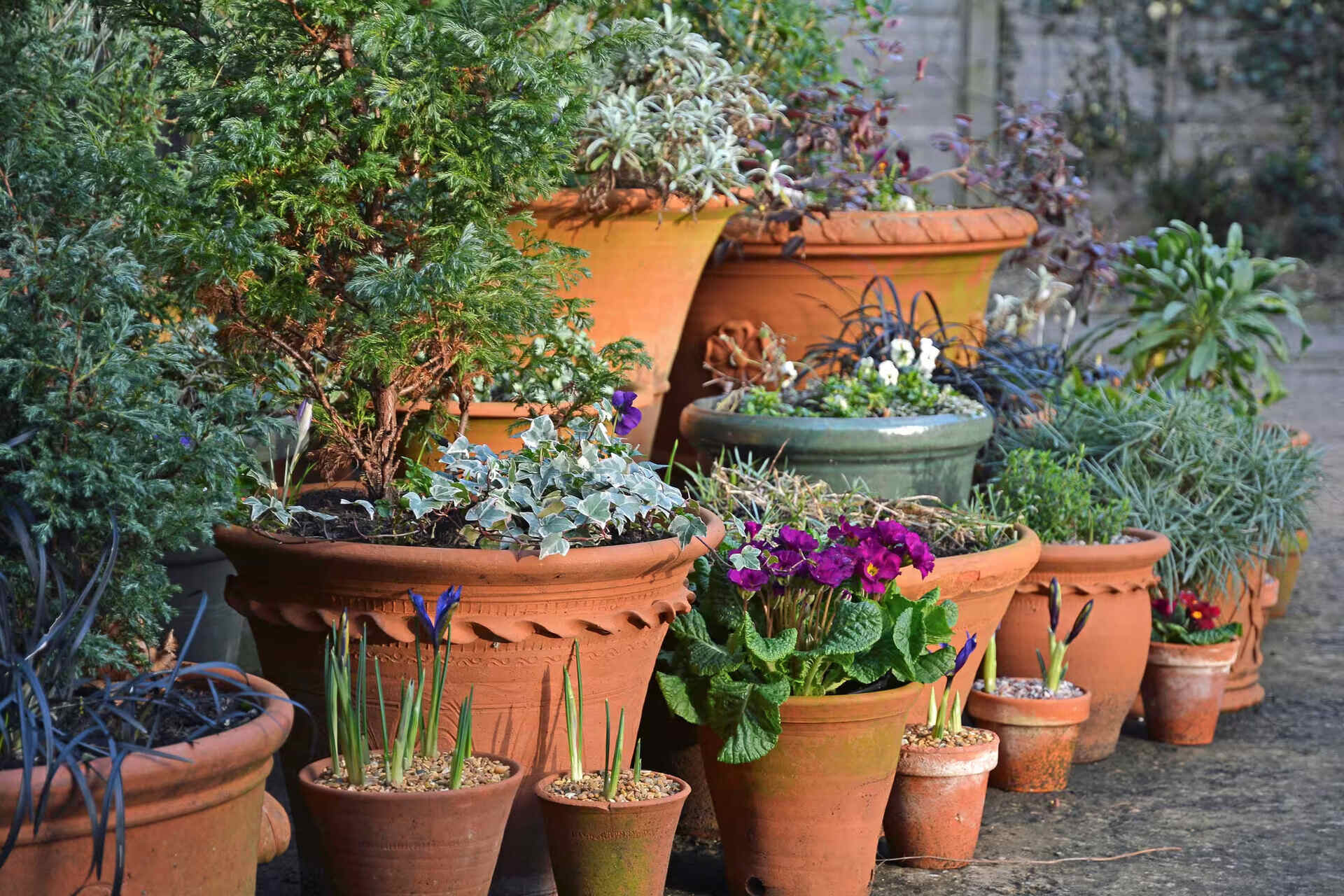
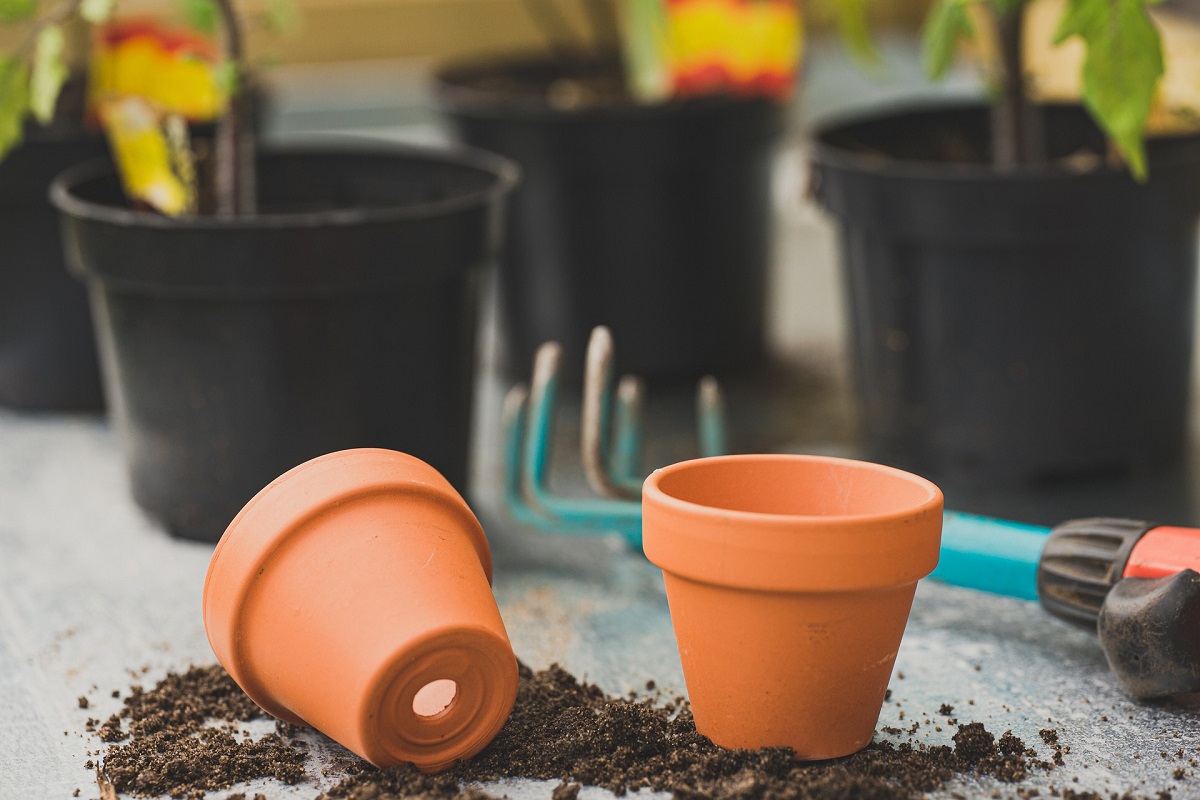
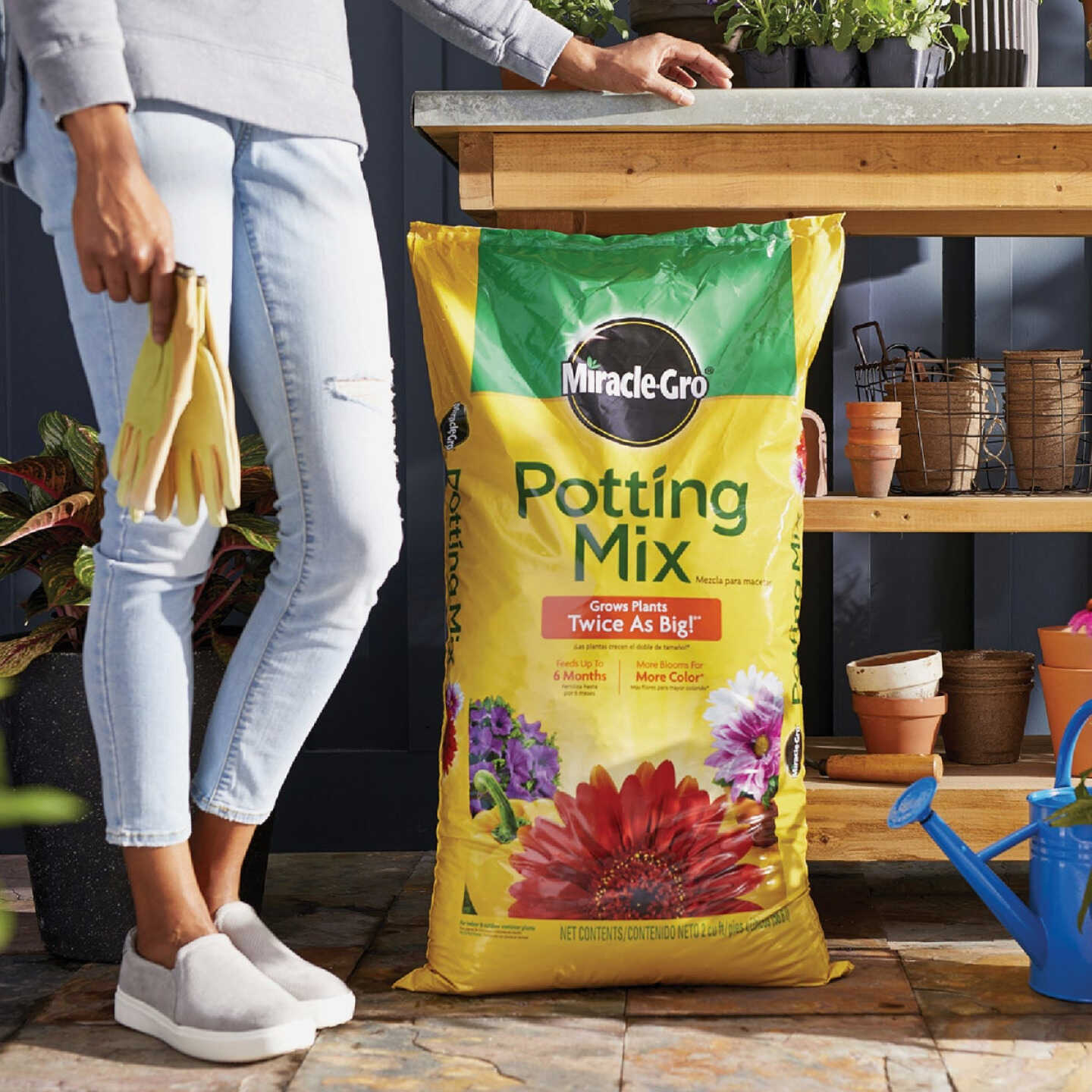
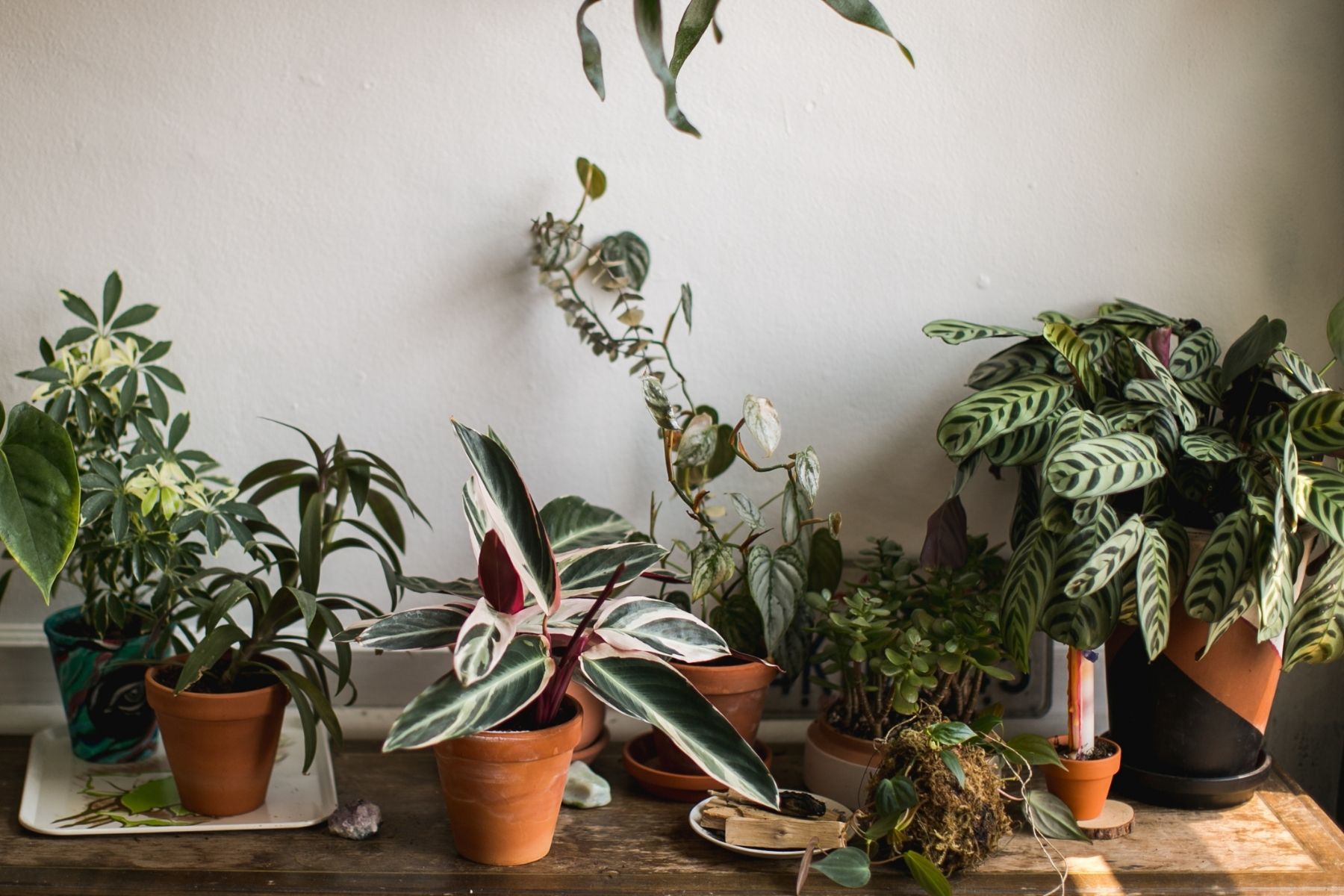
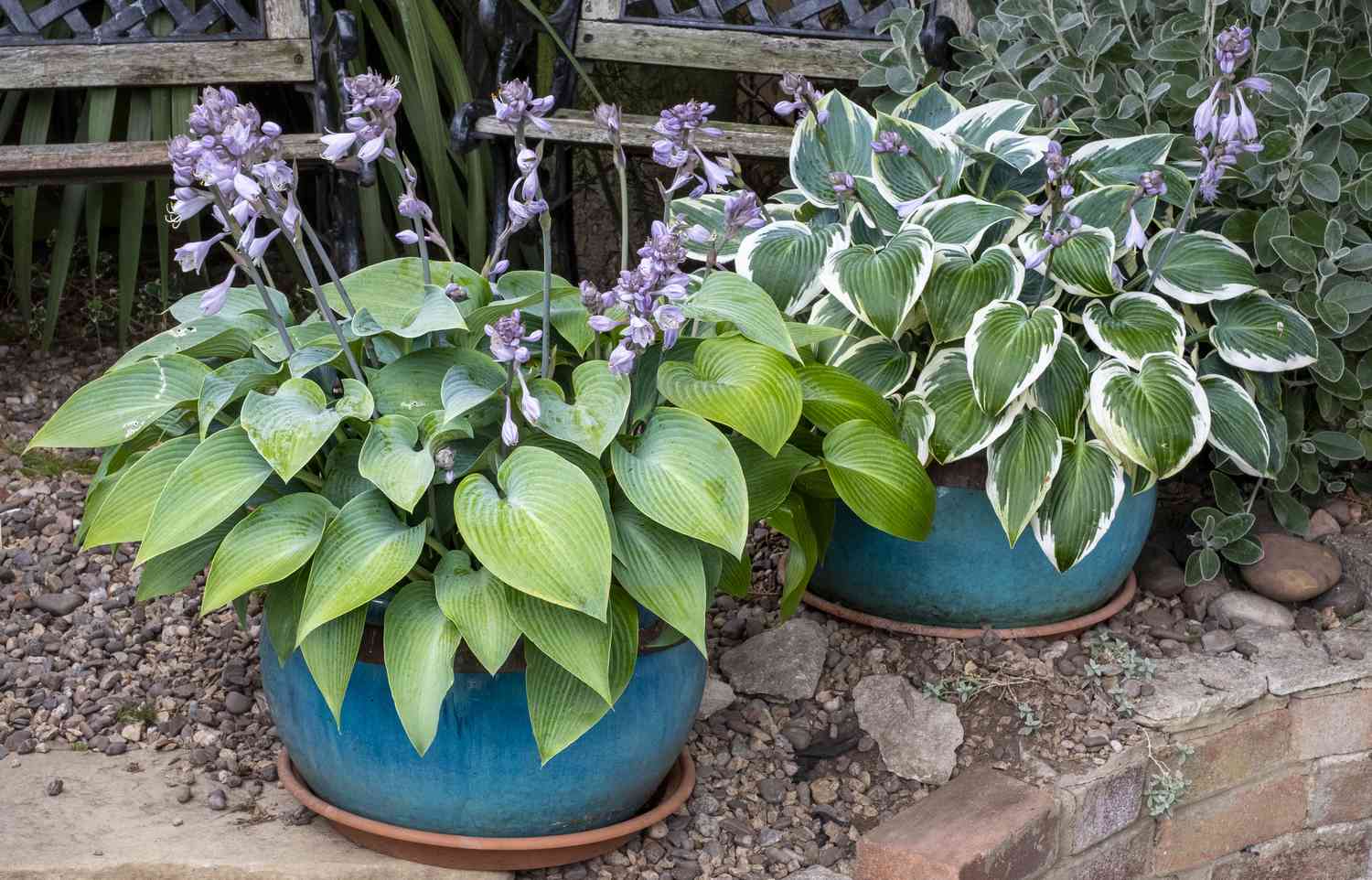
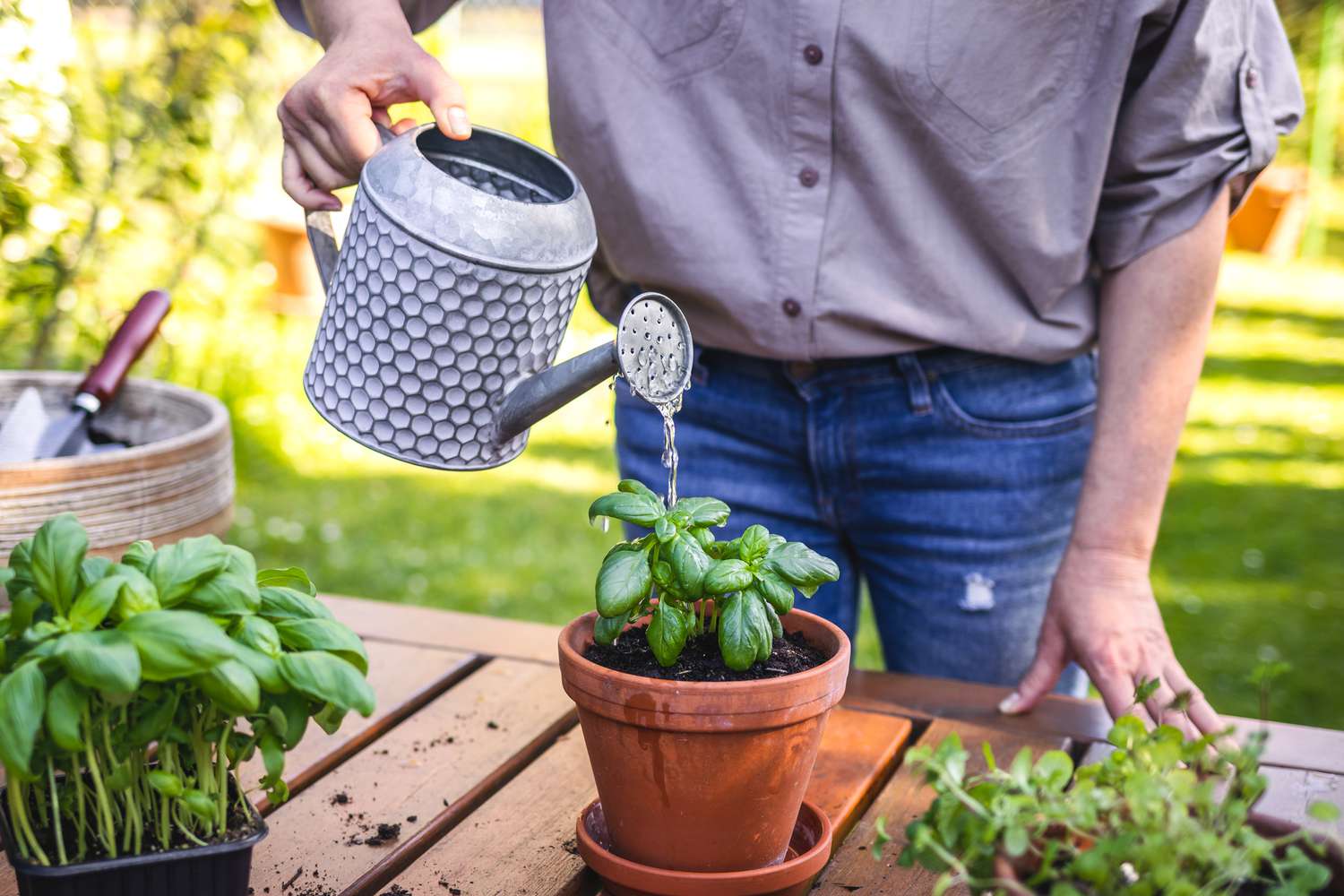
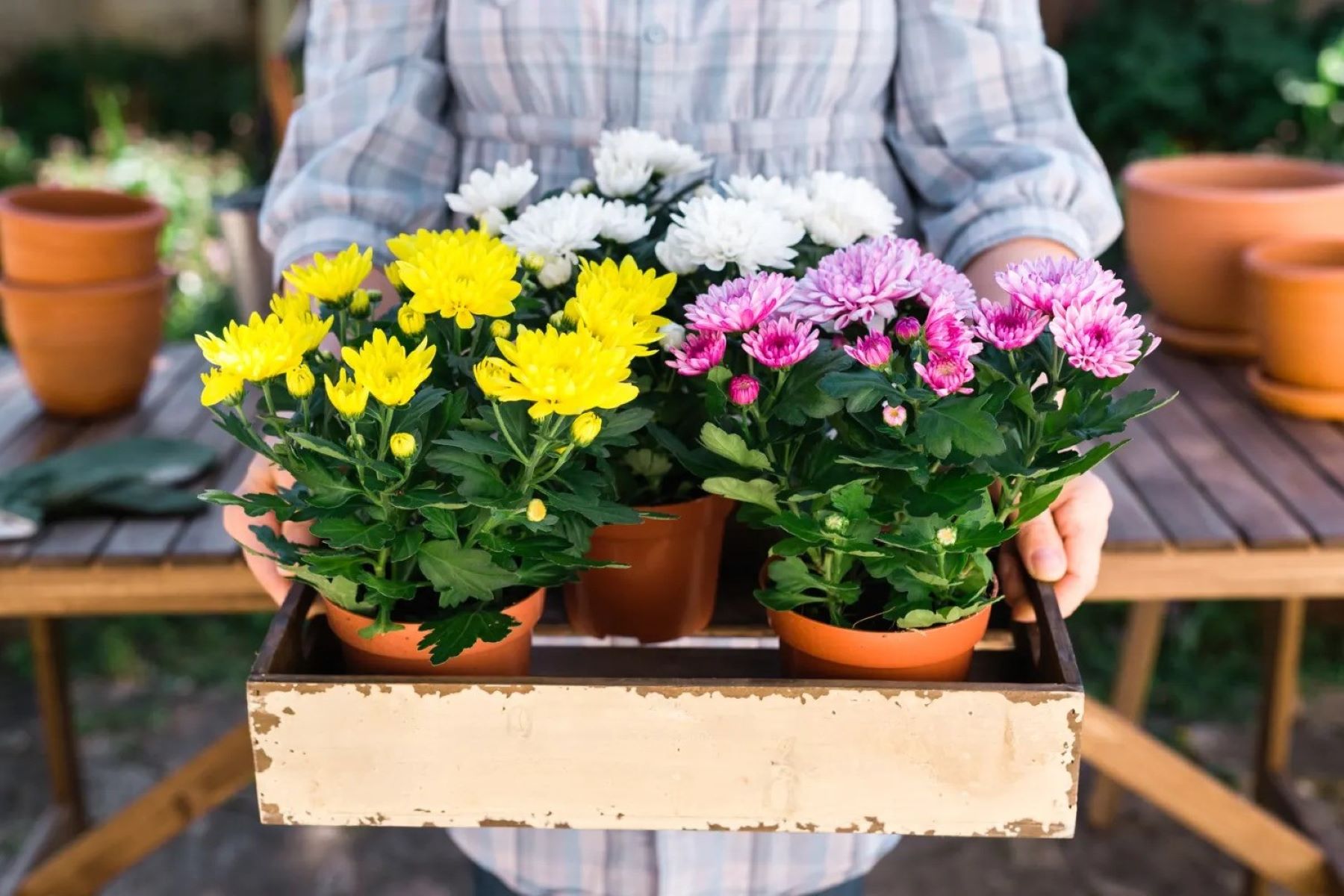
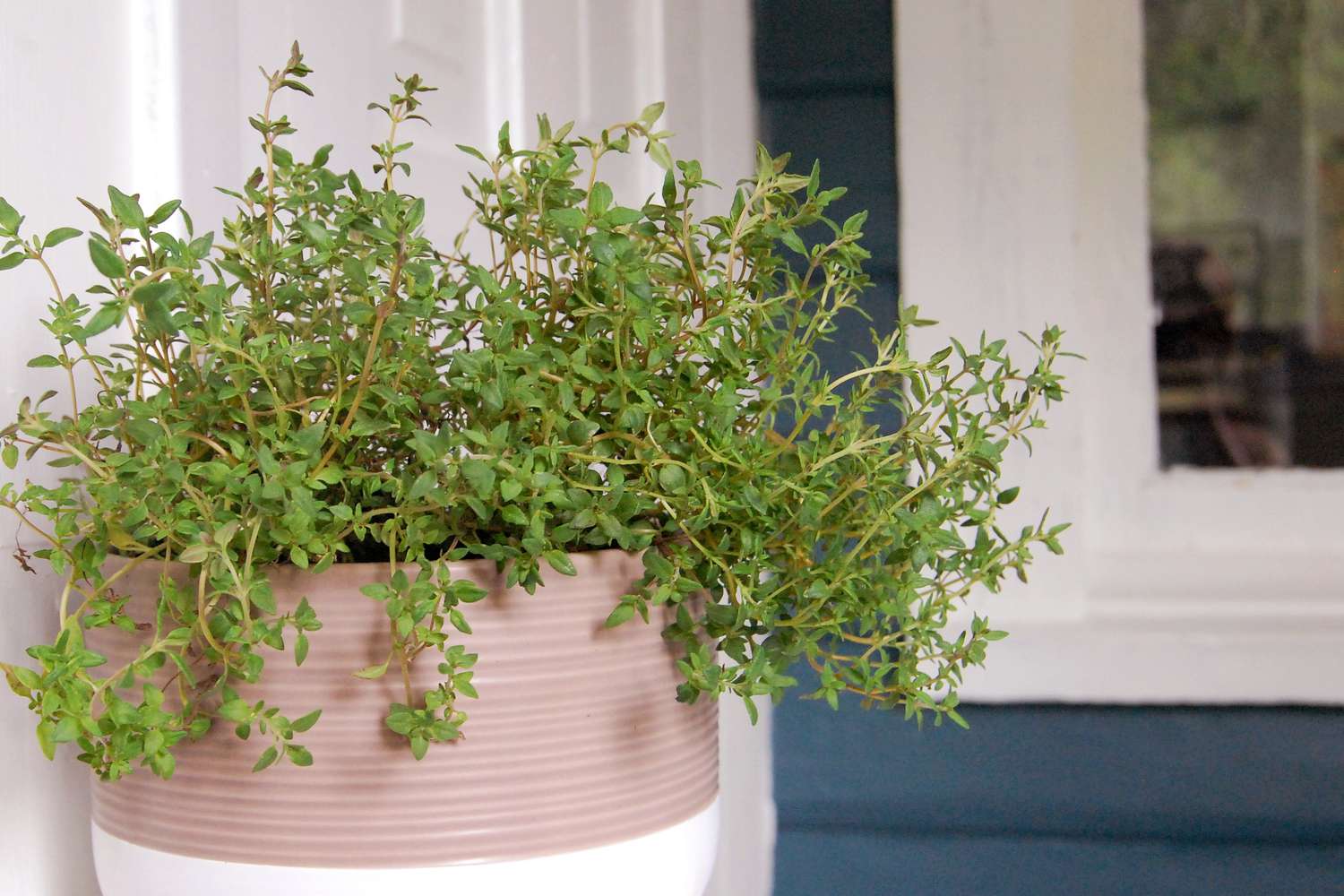
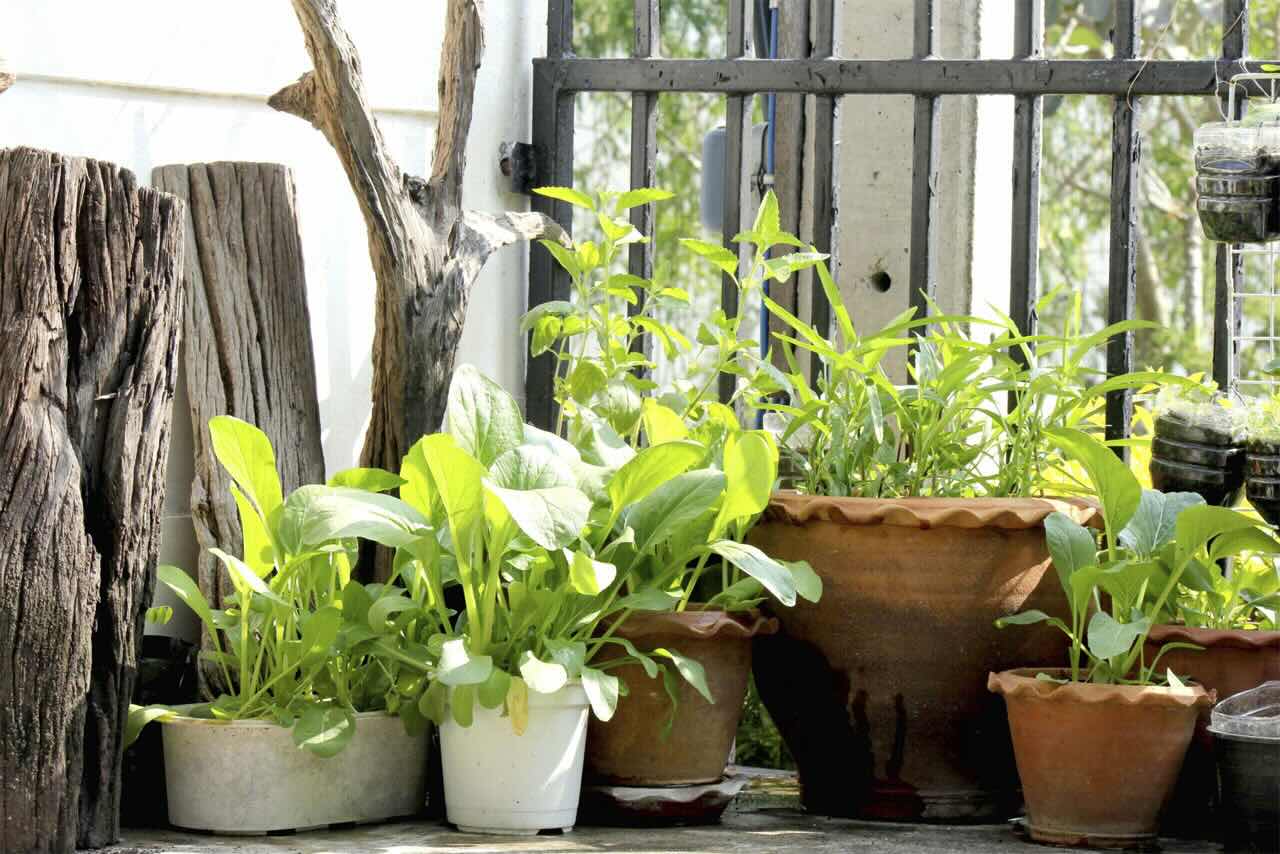
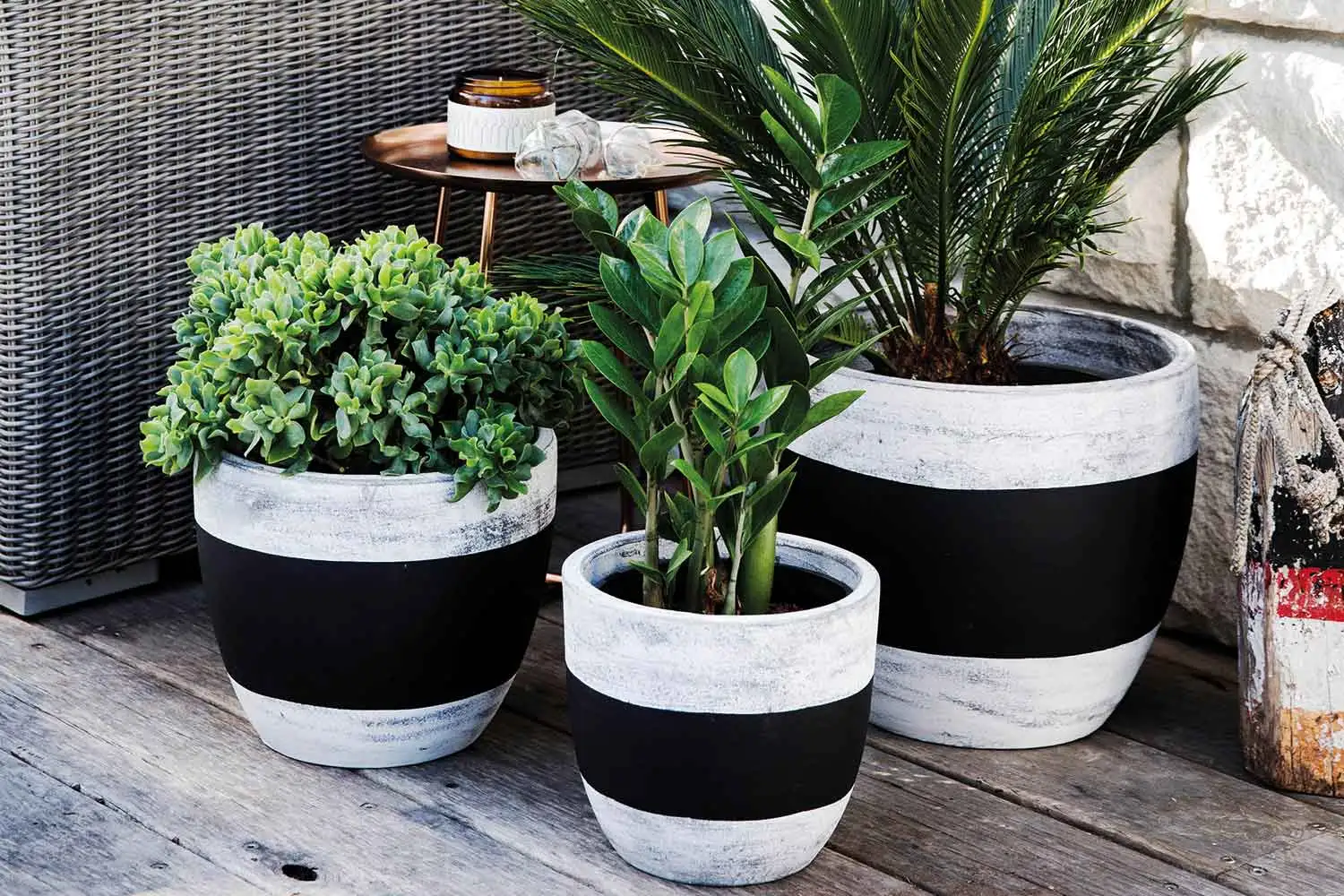

0 thoughts on “How To Pot Outdoor Plants”